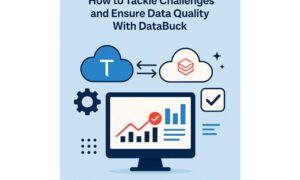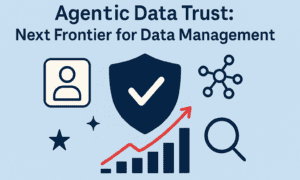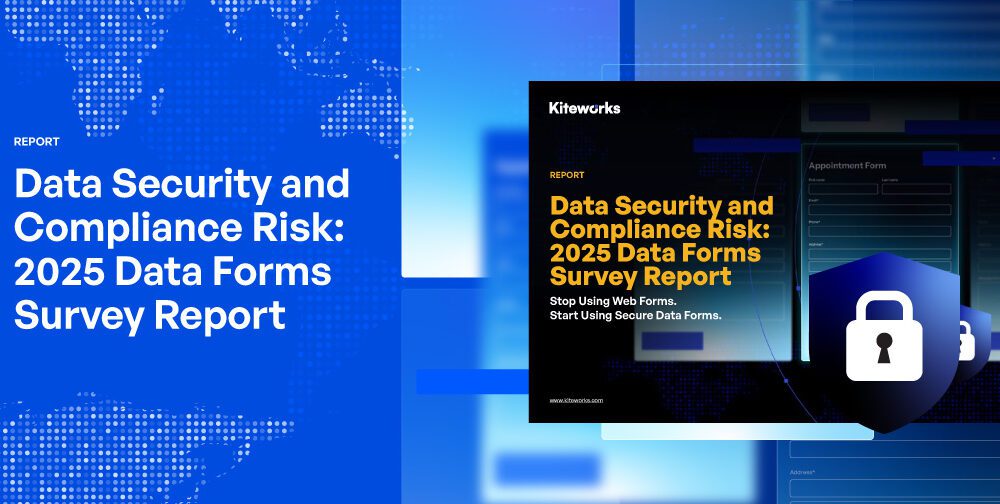Applying for a high risk merchant account isn’t as straightforward as signing up with a regular payment processor. Because you’re operating in a flagged industry—like travel, or digital goods—there’s more scrutiny, more paperwork, and a more thorough vetting process.
But that doesn’t mean it has to be difficult. When you understand what to expect, you can speed up approval and get your business online faster with the right high risk payment processing provider.
Why Approval Takes Longer
Standard processors use automated systems to approve applications. If you’re in a low-risk category like retail or food service, you can often get approved instantly. But high-risk industries require manual underwriting because of:
- Higher chargeback rates
- Large transaction volumes
- Future delivery of services (common in travel)
- International payments
- Industry regulations
This is especially true if you’re applying for a travel merchant account, where cancellations and refunds are part of the business model.
Step-by-Step: The Approval Process
Here’s what typically happens when you apply for a high risk merchant account:
- Submit a Detailed Application
Be ready to share:
- Business license
- ID documents
- Bank statements (3–6 months)
- Processing history (if available)
- A working website with clear terms and privacy policies
Honesty is key. Your high risk payment processing provider will investigate all details, so it’s better to be upfront.
- Underwriting Review
The provider’s underwriting team will assess:
- Business legitimacy
- Chargeback history
- Website compliance
- Industry classification
This can take anywhere from 24 hours to a few days, depending on the complexity of your business and how quickly you provide documentation.
- Account Offer and Terms
If approved, you’ll receive an offer outlining:
- Processing limits
- Rolling reserves (to cover chargebacks)
- Discount rates and fees
- Settlement timelines
A reputable provider like Adaptiv Payments offers fair, transparent terms that are appropriate for your risk level—not punishing.
- Integration and Onboarding
Once terms are accepted, you’ll receive your gateway or API credentials. A good high risk merchant account provider will also help you integrate payment systems with your website or platform.
Common Mistakes to Avoid
- Incomplete applications: Missing documents slow down the process.
- Inconsistent info: Make sure your business name, domain, and financial records align.
- Poor website presentation: No terms, contact info, or refund policy can trigger instant rejection.
Work with a provider who supports you throughout the process. With the right high risk payment processing partner, approval is smoother and more predictable.
Final Thoughts
Getting a high risk merchant account may involve more steps, but it’s a one-time investment that opens the door to stable, long-term payment processing. The key is preparation and choosing a partner who understands your industry.
Don’t guess your way through it—apply confidently with a provider experienced in high risk payment processing, and start accepting payments without disruption.



































